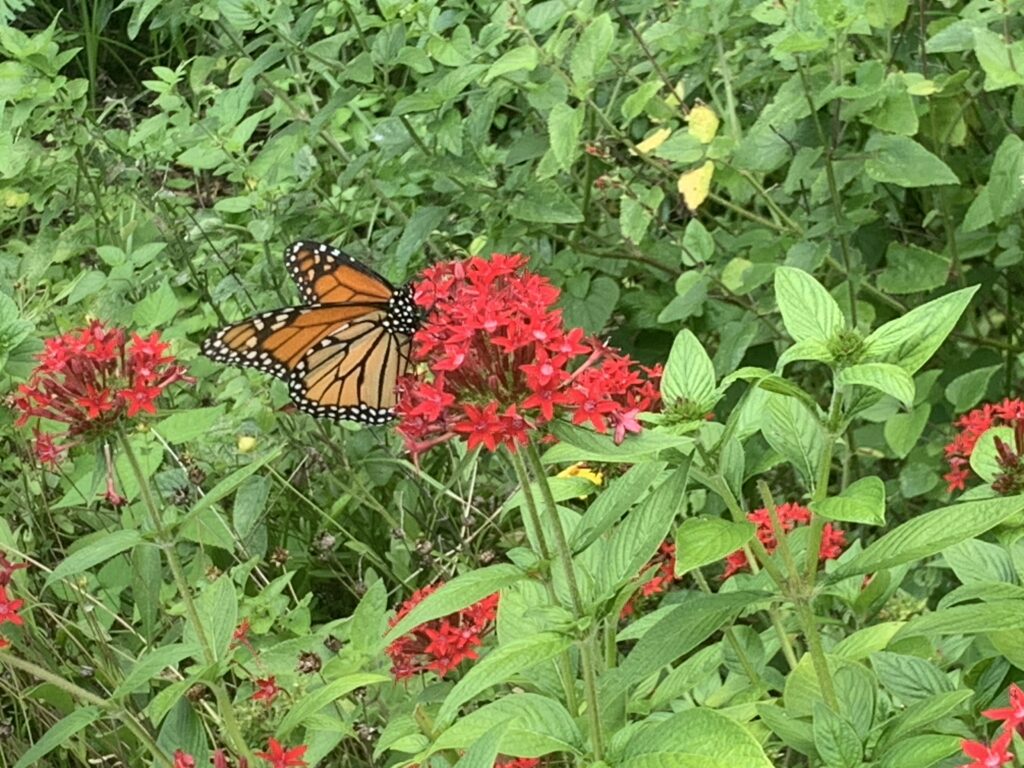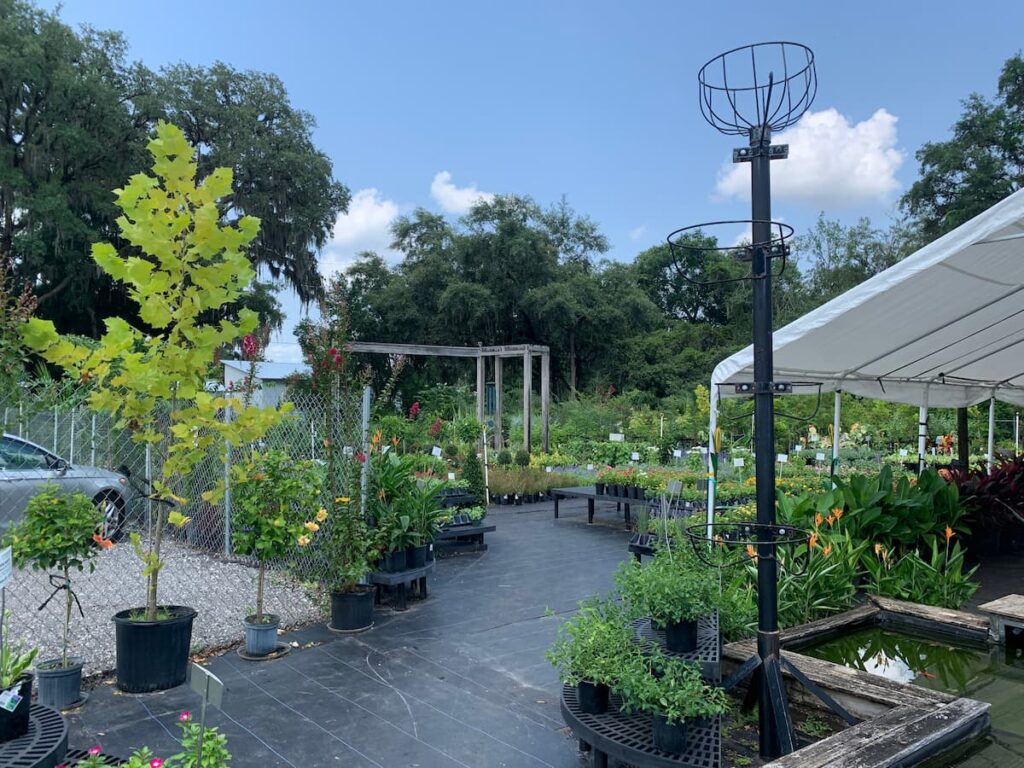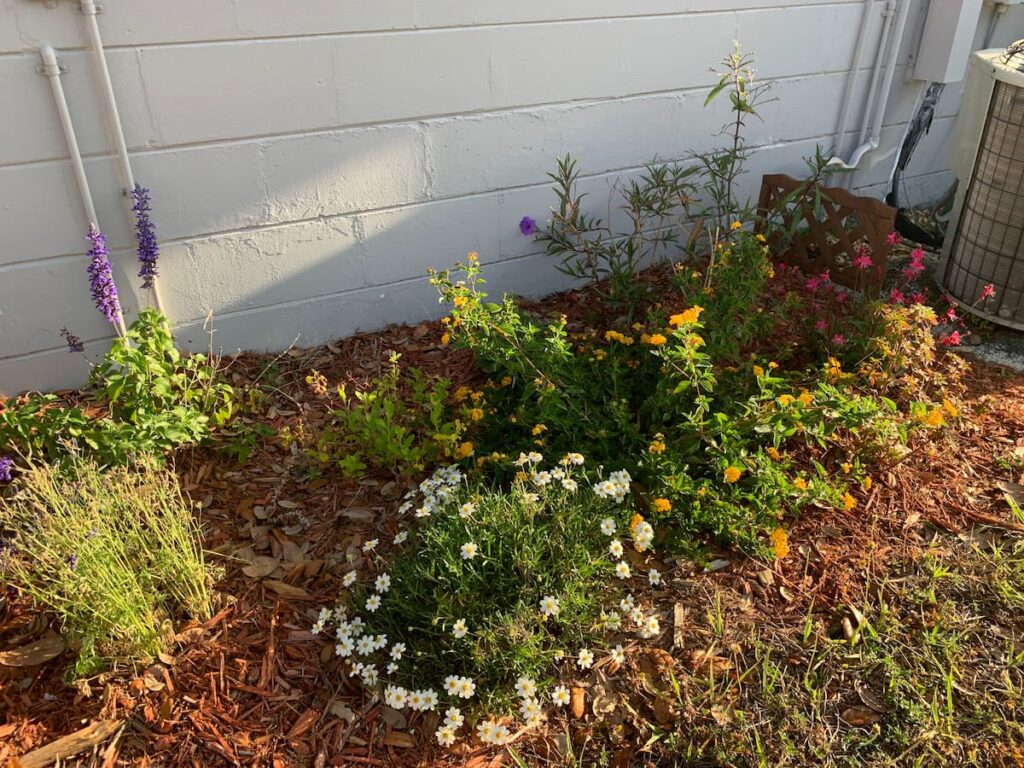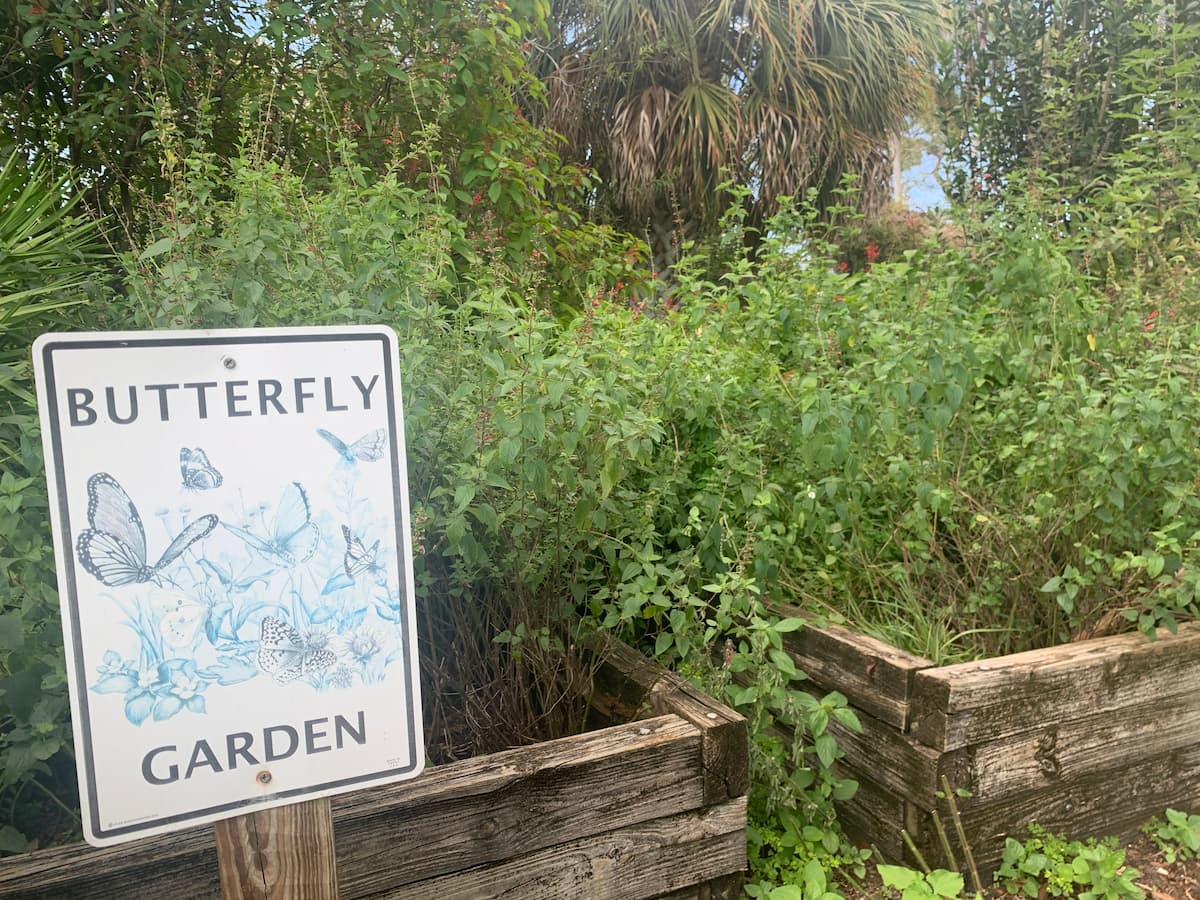A small butterfly garden can help make a big difference in your yard. It can certainly make a positive impact for the many species of Lepidoptera (butterflies) that flutter about this earth.
It seems many people are discouraged about creating butterfly gardens. They often think they’ll need a lot of space — and maybe a lot of money — to build one. What makes butterfly gardens wonderful is they don’t need to be grandiose or expensive to attract and support butterflies.
You could even create a butterfly garden from pots and planters on your patio, porch, or deck. And you can do it on a shoestring budget!
And, yes, those of you who have yards — but not a lot of room for a butterfly garden — can cultivate a welcoming place for butterflies and other pollinators without having to convert the entire lawn into a meadow.
You just have to know what to plant and where to plant it!
Where Do You Start?
It’s a noble that so many people want to build butterfly gardens. If more of us did this, we might just help save butterflies and other pollinators.
But building successful butterfly gardens is about more than putting pretty flowers in your yard. These butterflies need a safe place to thrive — to live. And if you add plants in your butterfly garden that can host these creatures — in all their stages of life — you can really make a dent in the problems afflicting butterflies today.
Now, what do I mean by the term host plant? I‘m referring to plants where butterflies can lay eggs and will be provided with sustenance and shelter for their larva (caterpillar), pupa (chrysalis), and for the adult butterflies to nest.

As you’ll see above, this passionflower vine is growing on an arbor near my small butterfly garden. And if you look really closely, you can see a caterpillar is taking a walk along the vine.
But you see, it’s not just flowery perennials that you should be including in your butterfly garden. It’s ideal to include other kinds of pollinator plants, too. These could entail various groundcovers, shrubs, and even trees if you have the space. Not only does adding an array of different plant types add interest to the aesthetics of your landscape, but it gives more opportunities for butterflies to feed, nest, and take shelter while attracting a larger diversity of species.
So, what kinds of plants should you choose, and how do you go about creating your small butterfly garden?
Making A Butterfly Garden Plan
No matter how big or small your butterfly garden, it should be situated in a sunny site. I chose the southern side of my home for that very reason — it has full exposure to the sun! Even if you have only shaded areas, it’s best to seek a spot that at least receives some sun. Even dappled sun can be sufficient for supporting many of the plants that can attract and host butterflies.
What types of pollinator plants will work best for your specific site? That largely depends on your climate zone, the amount of sun you receive, and how big a space you have to work with.
I love getting ideas for my yard by visiting botanical gardens. Many of them have dedicated butterfly gardens, which are where I love to spend a lot of my time gathering ideas and getting inspiration for my own butterfly garden.

But whatever you do, make sure you stick only to native plants whenever and wherever feasible. Native plants are not only going to be safe for the pollinators in your area, but they will generally require less maintenance and won’t overtake your yard as an invasive plant might.
If you’re fortunate enough to have a garden extension service in your neck of the woods, I highly recommend you seek their assistance on the best native pollinator plants near you. Also consult the experts at your local garden nursery. And I stress local garden nursery because local growers are often more attuned to the needs of your region’s climatological and horticultural challenges than those at big-box retail chains. They’re also usually the best resource for native pollinator plants near you that will work for your yard.

Planting Your Small Butterfly Garden
With a list of butterfly-friendly pollinator plants in hand and a plan in mind on where and how you want to build your butterfly garden, it’s time to get to work! Whether you’re using pots, planters, or your grade-level yard for the garden, be sure the soil is healthy. You can amend your soil with compost, loam, or other mediums to ensure it has the right level of nutrients and drainage for your plants. Just make sure you have the right plants for the right place, wherever that place may be!

My butterfly garden includes cassia, butterfly bush, fire bush, black-eyed Susans, passionflower, lantana, crepe myrtles, plumbago, and milkweed, among others. They attract many butterflies that are native or endemic to my area of Central Florida, including zebra longwings, Gulf fritillaries, cloudless sulphurs, and monarchs.
If you have space, be sure to make room for butterfly-friendly evergreens! Check out this Gulf fritillary feasting on my Arizona cypress. Pollinators also love other types of trees like eastern red cedars, maples, yellow poplar, and others.

Maintaining Your Butterfly Garden
If you’re planting only, or at least mostly, native pollinator plants, keeping up your butterfly garden shouldn’t be too laborious. Native plants or those that are well adapted to your climate should receive enough irrigation from rainwater, humidity, and other natural sources of moisture. Of course, even native plants can suffer from heat stress during times of drought or extremely hot weather. So be sure to water them accordingly.
You’ll also need to prune you plants every once in a while. I prefer pruning the plants in my butterfly garden as little as possible. And I like maintaining natural shapes. I resist urges to shear my pollinator shrubs into boxes. And I don’t cut the perennials back too far. The more foliage there is the better. That means more places for butterflies and other pollinators to feed, nest, and hopefully spawn the next generation.
But whatever you do, by golly whatever you do, avoid using harmful chemicals in your yard. Are you still out there spraying bottled weed killer from the big-box store or spritzing caustic insecticides? Well then, you’re totally defeating the purpose of creating a butterfly garden. So, please, just don’t. There are many natural alternatives that can ward off weeds and keep ants at bay without harming pollinators.
Above all, I hope your butterfly garden brings you as much joy and as many colorful creatures as mine brings me.
Good luck!
